How A Telescope Works?
Telescopes have long fascinated humanity, allowing us to peer into the vast expanse of space and uncover the mysteries of the universe. Understanding how a telescope works can be both enlightening and empowering, especially for those who are new to astronomy or considering purchasing their first telescope. This article aims to demystify the workings of telescopes, covering the basic principles, types, and practical considerations for both amateur and seasoned astronomers.
The Basic Principles of Telescopes

At its core, a telescope is an instrument designed to collect and magnify light from distant objects. The fundamental principle behind a telescope is the collection of light through a large aperture (the opening through which light enters) and focusing it to create a clear image. This process involves two main components: the objective lens or mirror and the eyepiece.
1. Objective Lens or Mirror: The objective is the primary light-gathering component. In refracting telescopes, this is a lens, while in reflecting telescopes, it is a mirror. The larger the objective, the more light the telescope can collect, which is crucial for viewing faint objects in the night sky.
2. Eyepiece: The eyepiece magnifies the image formed by the objective. By changing the eyepiece, you can adjust the magnification of the telescope.
Types of Telescopes
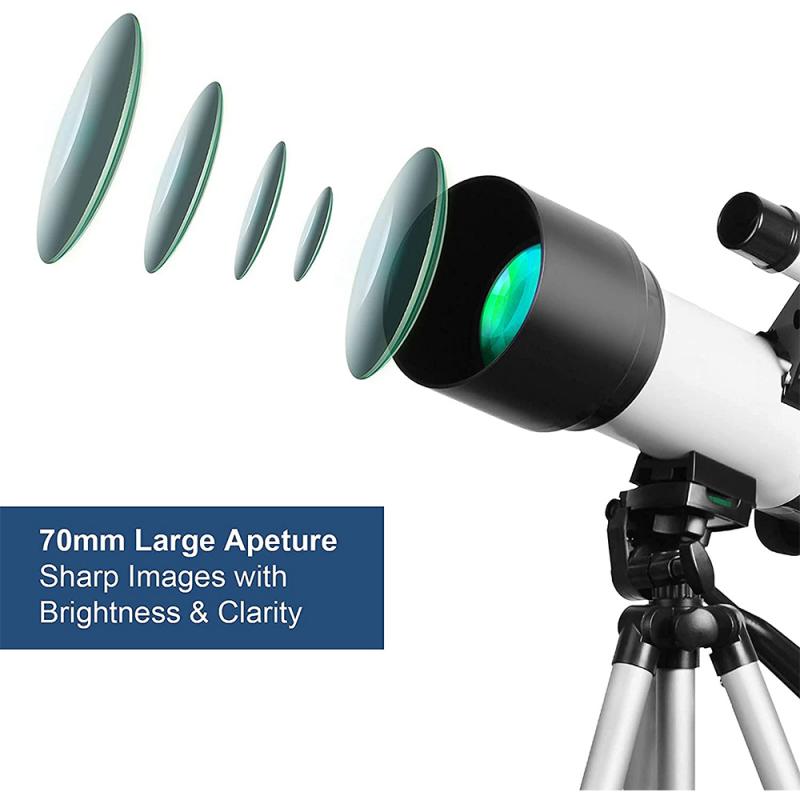
There are three main types of telescopes: refracting, reflecting, and catadioptric. Each type has its own advantages and disadvantages, making them suitable for different observing needs and preferences.
Refracting Telescopes

Refracting telescopes, or refractors, use lenses to gather and focus light. The primary lens, known as the objective lens, bends (refracts) light to a focal point where the image is formed. An eyepiece then magnifies this image for the observer.
Advantages:
- Simple design with minimal maintenance.
- Excellent for viewing planets and the moon due to high contrast and sharp images.
- Sealed tube prevents dust and debris from entering.
Disadvantages:
- Chromatic aberration: Different wavelengths of light are refracted by different amounts, causing color fringing around bright objects.
- More expensive per inch of aperture compared to reflectors.
Reflecting Telescopes

Reflecting telescopes, or reflectors, use mirrors instead of lenses to gather and focus light. The primary mirror is usually parabolic, reflecting light to a focal point. A secondary mirror then directs the light to an eyepiece.
Advantages:
- No chromatic aberration since mirrors reflect all wavelengths of light equally.
- Generally more affordable per inch of aperture compared to refractors.
- Larger apertures are more feasible, making them ideal for deep-sky observations.
Disadvantages:
- Open tube design can allow dust and debris to enter.
- Requires regular maintenance, such as collimation (alignment of mirrors).
Catadioptric Telescopes
Catadioptric telescopes combine lenses and mirrors to correct optical aberrations and provide a compact design. The two most common types are Schmidt-Cassegrain and Maksutov-Cassegrain.
Advantages:
- Compact and portable design.
- Versatile, suitable for both planetary and deep-sky observations.
- Reduced optical aberrations due to the combination of lenses and mirrors.
Disadvantages:
- More complex design can be more expensive.
- Longer cool-down time due to enclosed tube design.
Practical Considerations for Choosing a Telescope
When choosing a telescope, several factors should be considered to ensure it meets your observing needs and preferences.
Aperture
The aperture is the most critical specification of a telescope. It determines the amount of light the telescope can gather and, consequently, the brightness and detail of the observed objects. Larger apertures are better for viewing faint deep-sky objects, while smaller apertures are sufficient for bright objects like the moon and planets.
Focal Length and Focal Ratio
The focal length is the distance from the objective to the point where the image is formed. The focal ratio (f/number) is the focal length divided by the aperture. Telescopes with a lower focal ratio (f/5 or lower) are considered "fast" and are better for wide-field observations. Telescopes with a higher focal ratio (f/10 or higher) are "slow" and provide higher magnification, suitable for planetary observations.
Mounts
A stable mount is essential for steady observations. There are two main types of mounts: altazimuth and equatorial.
- Altazimuth Mounts: Simple and intuitive, allowing movement in altitude (up and down) and azimuth (left and right). Ideal for beginners.
- Equatorial Mounts: More complex, designed to follow the rotation of the Earth. Essential for long-exposure astrophotography.
Portability
Consider the weight and size of the telescope, especially if you plan to transport it to different observing sites. Reflectors and catadioptrics are generally more portable than large refractors.
Using a Telescope
Once you have chosen a telescope, understanding how to use it effectively is crucial for a rewarding observing experience.
Setting Up
1. Find a Dark Site: Light pollution can significantly affect your observations. Find a dark site away from city lights.
2. Allow for Cool-Down: Telescopes need time to reach thermal equilibrium with the outside temperature. This can take 30 minutes to an hour.
3. Align the Finderscope: A finderscope is a small, low-power telescope attached to the main telescope. Align it with the main telescope to make locating objects easier.
Observing
1. Start with Low Magnification: Begin with a low-power eyepiece to locate objects. Higher magnifications can be used once the object is centered.
2. Use a Star Chart or App: Star charts or astronomy apps can help you navigate the night sky and locate objects.
3. Take Your Time: Allow your eyes to adapt to the darkness and spend time observing each object to notice more details.
Maintenance and Care
Proper maintenance ensures the longevity and performance of your telescope.
1. Keep It Clean: Dust and debris can degrade image quality. Use a soft brush or air blower to clean lenses and mirrors.
2. Store Properly: Store your telescope in a dry, dust-free environment. Use caps and covers to protect the optics.
3. Collimation: Reflectors and catadioptrics may require periodic collimation to ensure the mirrors are aligned correctly.
Understanding how a telescope works and the various factors involved in choosing and using one can greatly enhance your astronomical experience. Whether you are a beginner or an experienced observer, the right telescope can open up a universe of possibilities, allowing you to explore the night sky in stunning detail. By considering the type of telescope, its specifications, and practical usage tips, you can make an informed decision and enjoy the wonders of astronomy to the fullest.



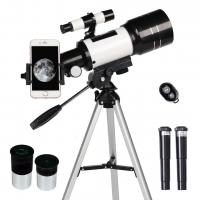
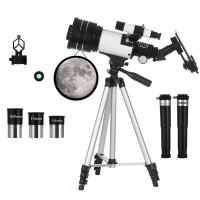




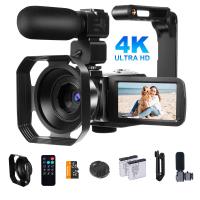


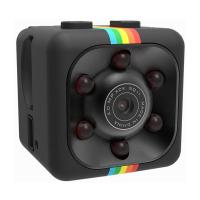
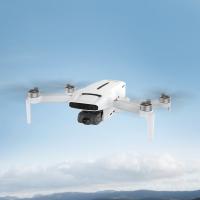
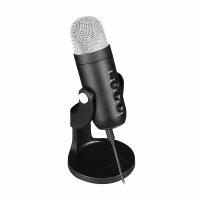

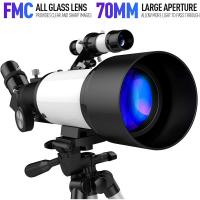




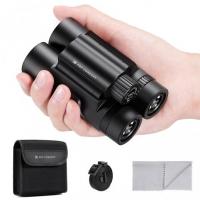
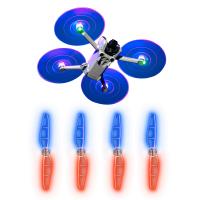




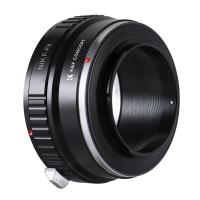


There are no comments for this blog.